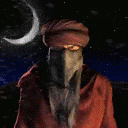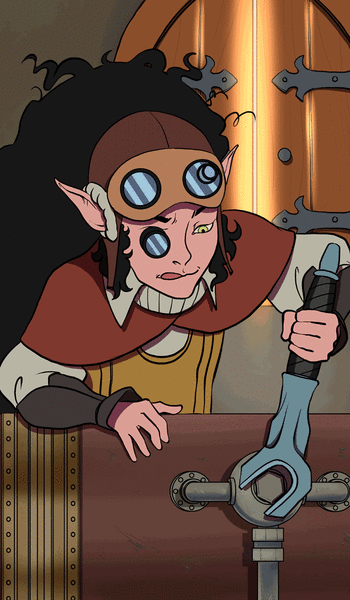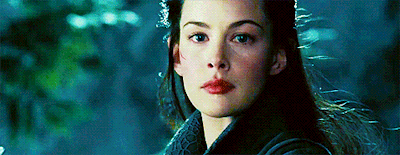-
Popular Topics
-
Topics
-
Recent Status Updates
-
Options
Options
-
0.4 mina leather in aaun. light blue and white stall at square
-
iykyk https://open.spotify.com/track/06GustVmK5U6yhVbvbjy3q?si=35abd6874d184909
-
And you may find yourself in a shot-gun shack. And you may find yourself in another part of the world. And you may find yourself behind the wheel of a large automobile. And you may find yourself in a beautiful house, with a beautiful wife. And you may ask yourself, "Well, how did I get here?"
No Recent Status Updates -
Options









.thumb.png.9a38c5747ea7f97097f9c9bfc2dc8bb9.png)



Recommended Posts